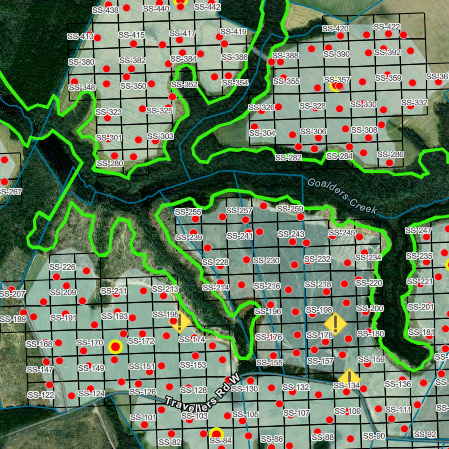EPA Clarifies Clean Water Act Section 401 Certification
/While the EPA’s May 2025 memorandum does not propose regulatory changes, it reaffirms the agency’s commitment to limiting the use of Section 401 to its statutory purpose, thereby minimizing unnecessary barriers to project development. Read this article to learn more about the key clarifications.
Read More

























